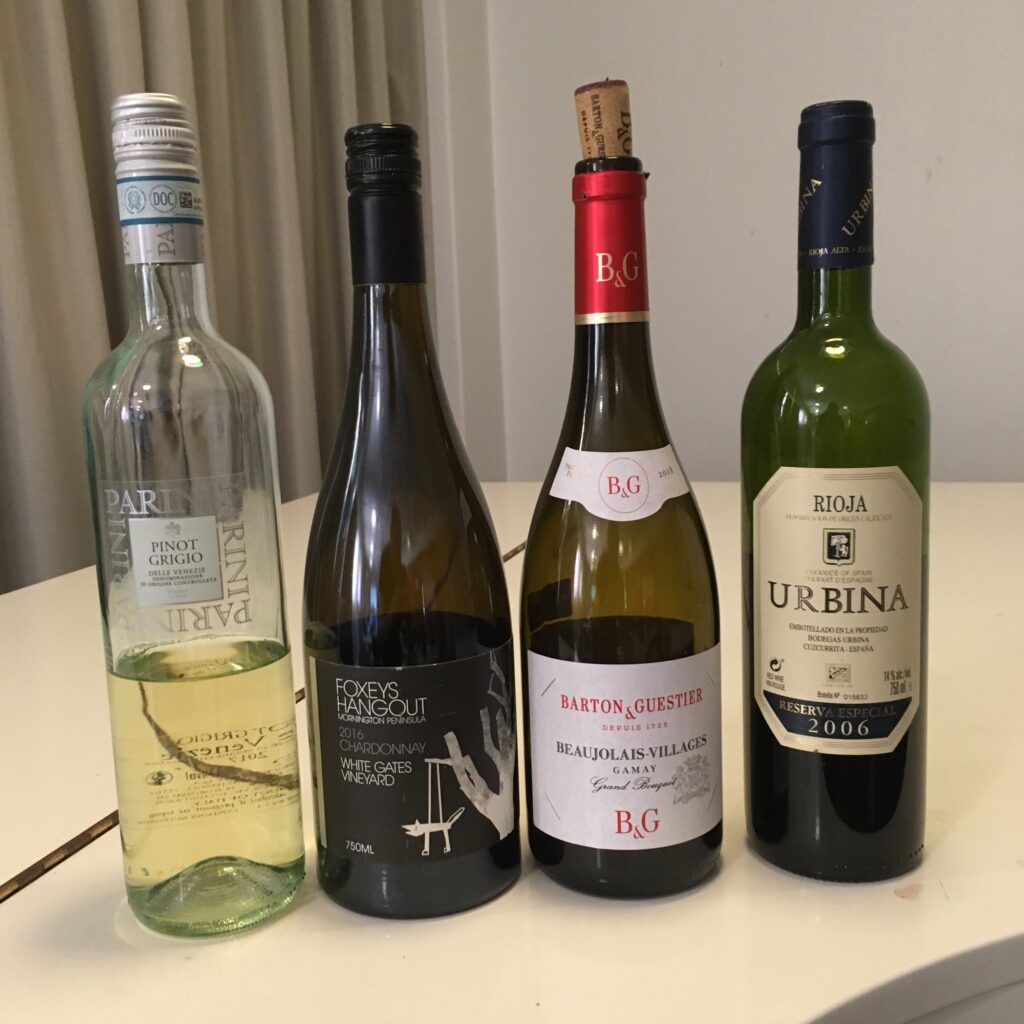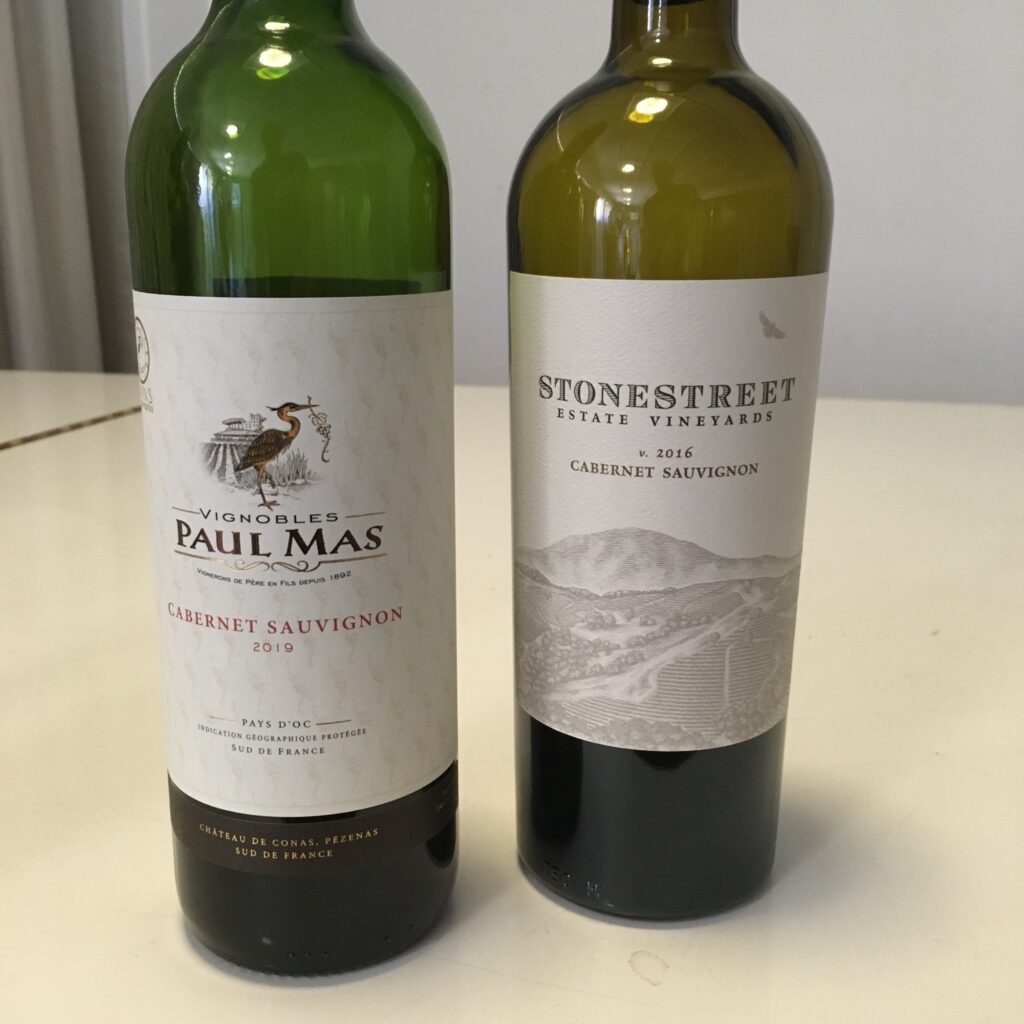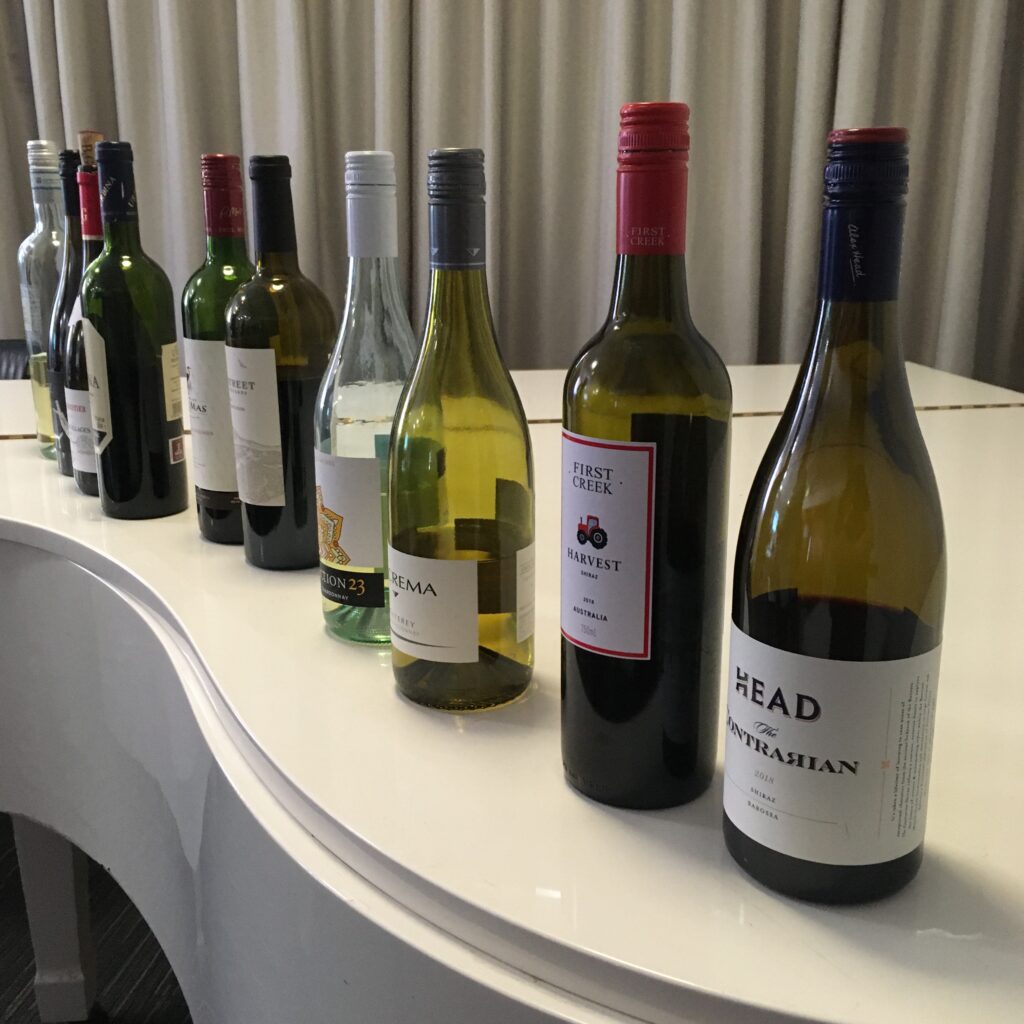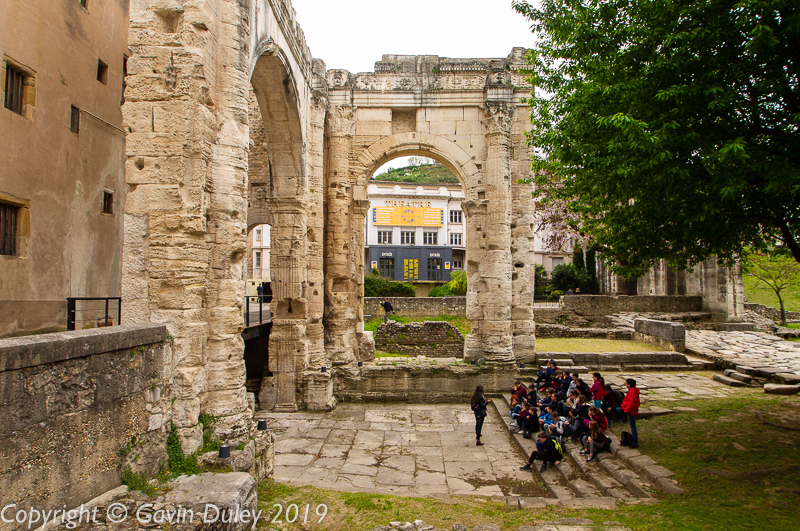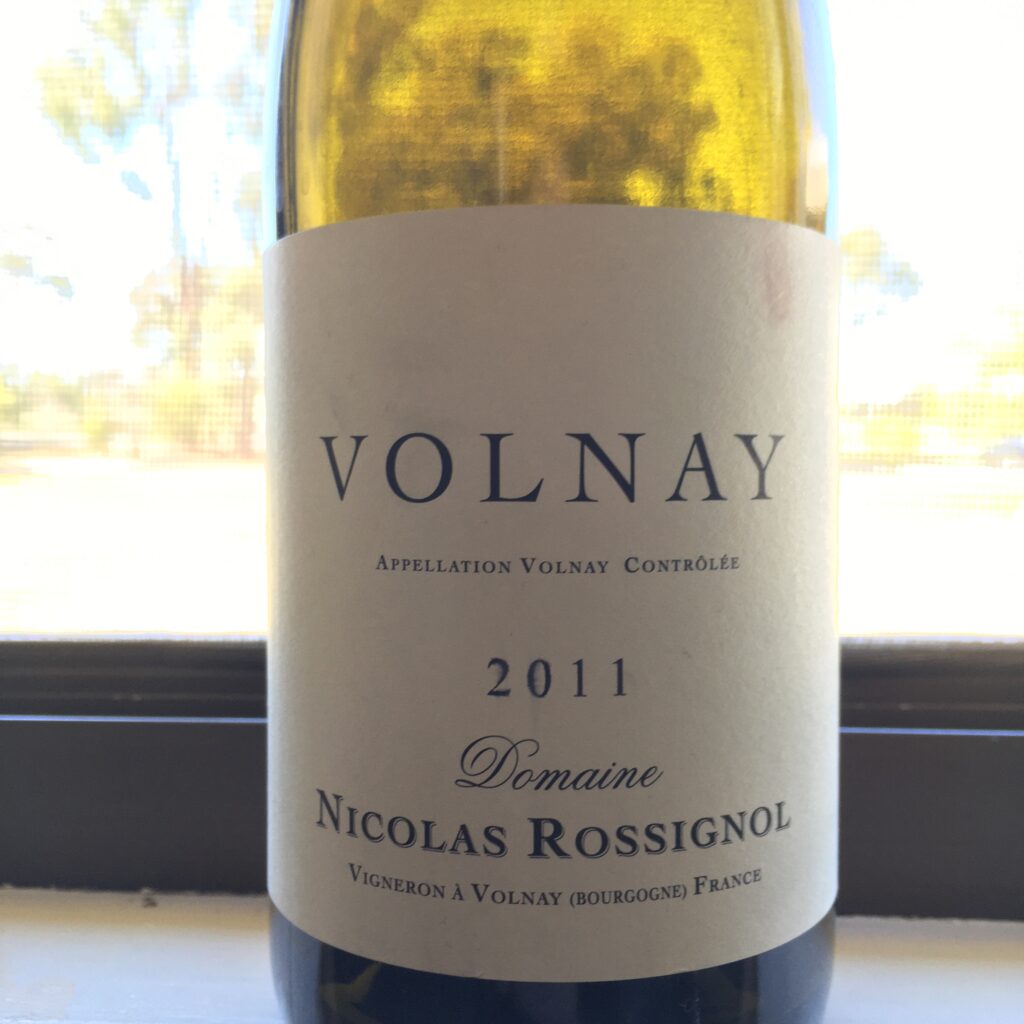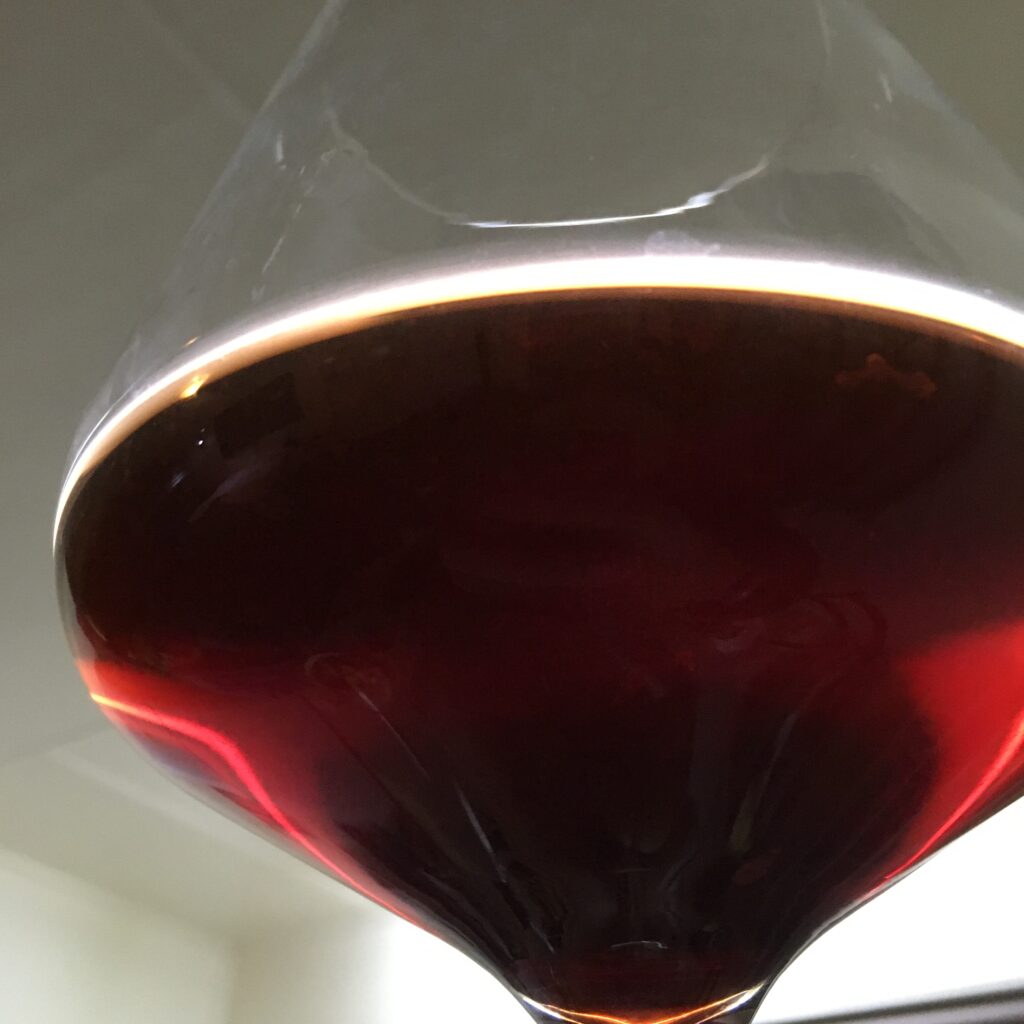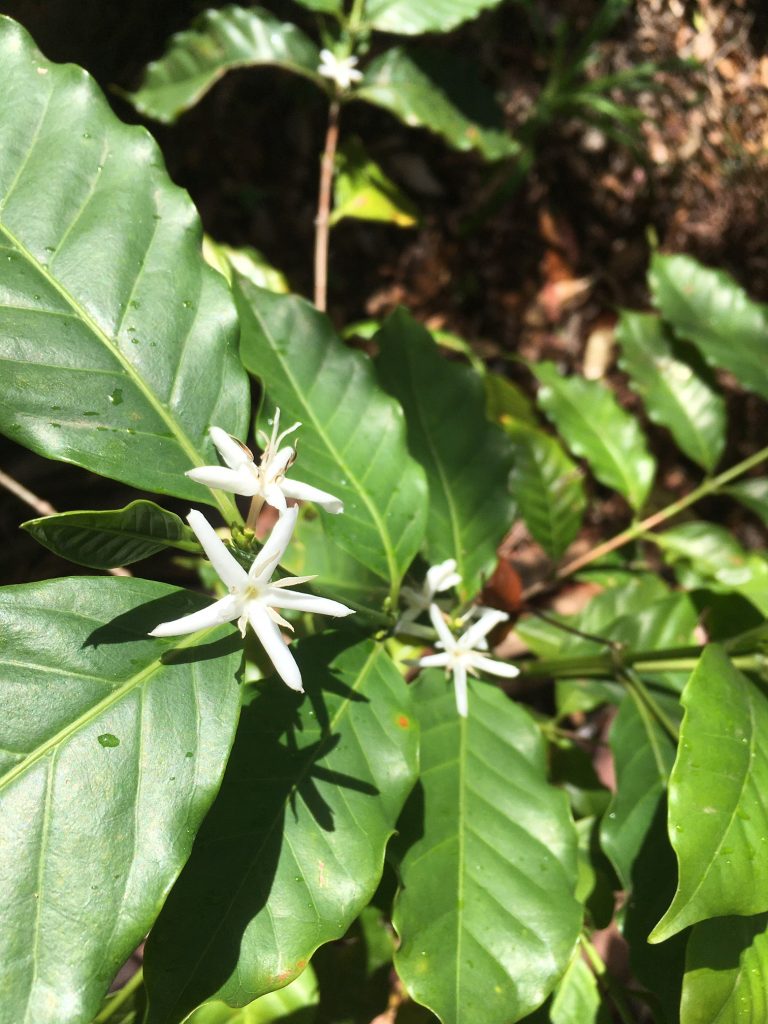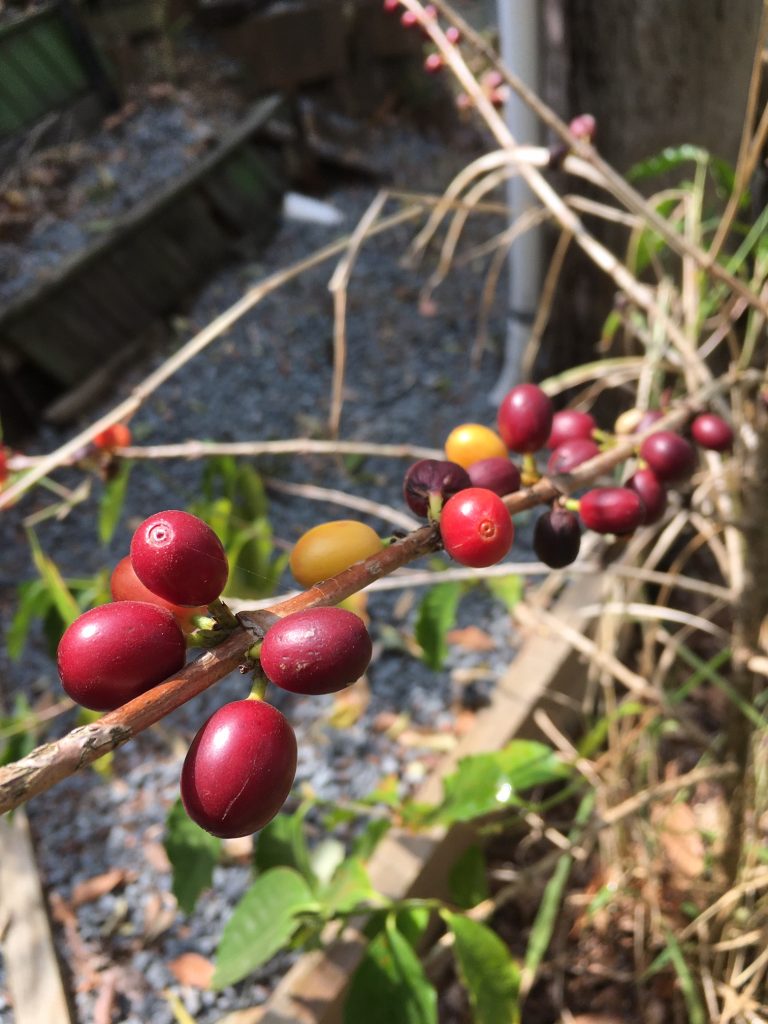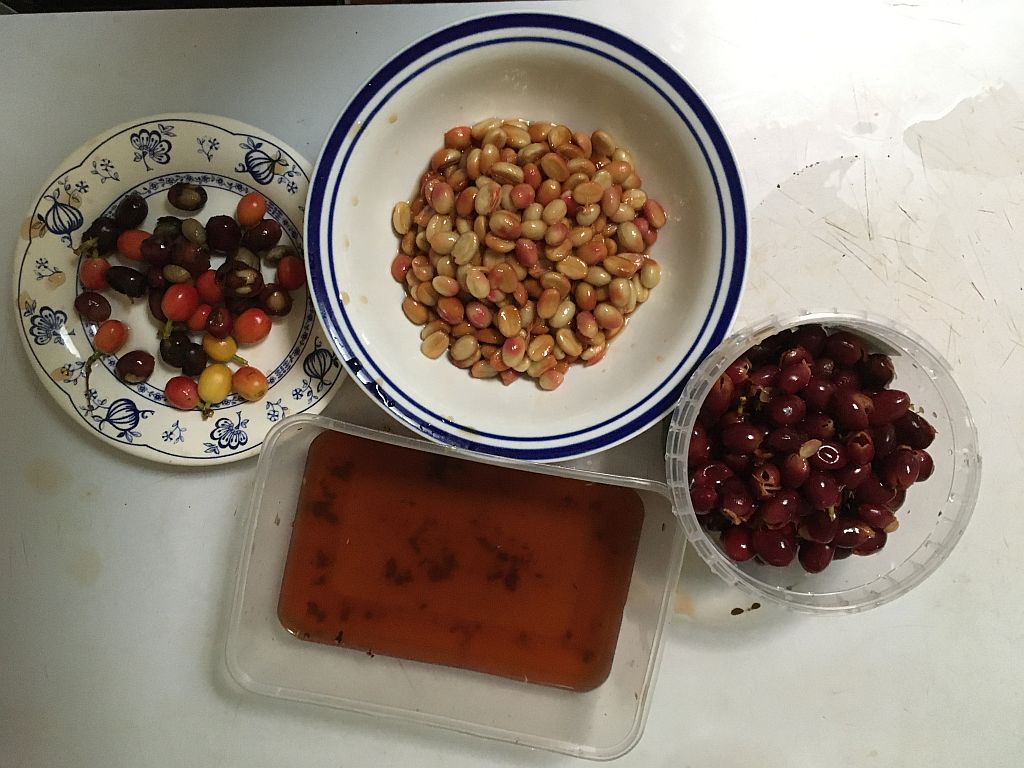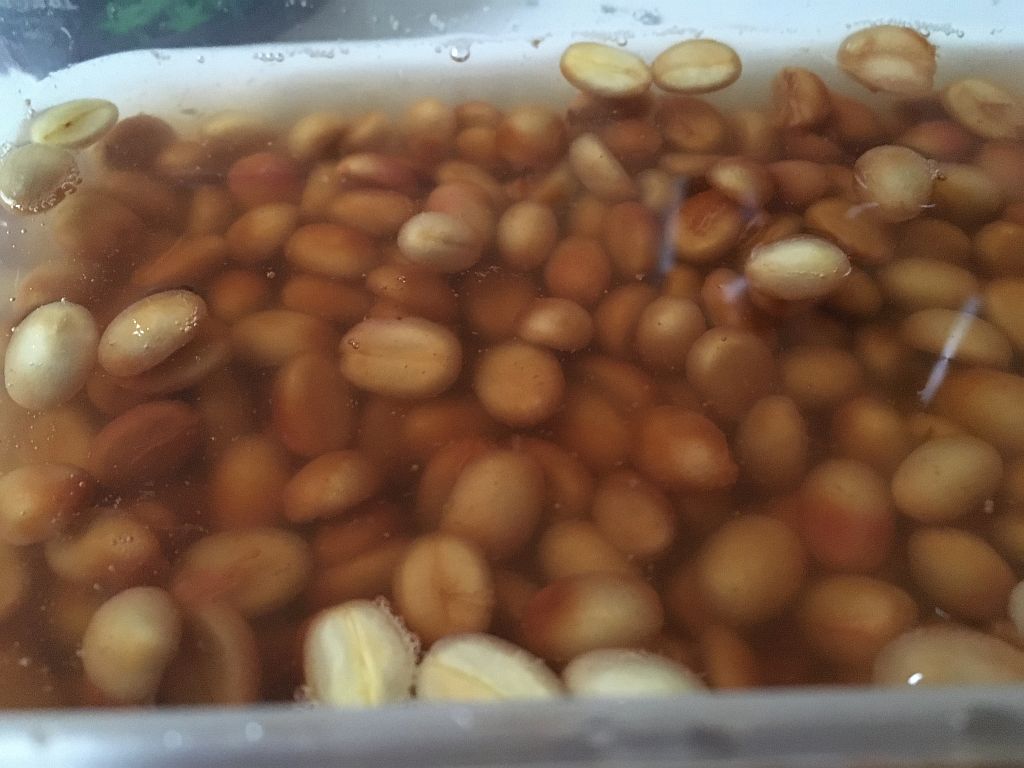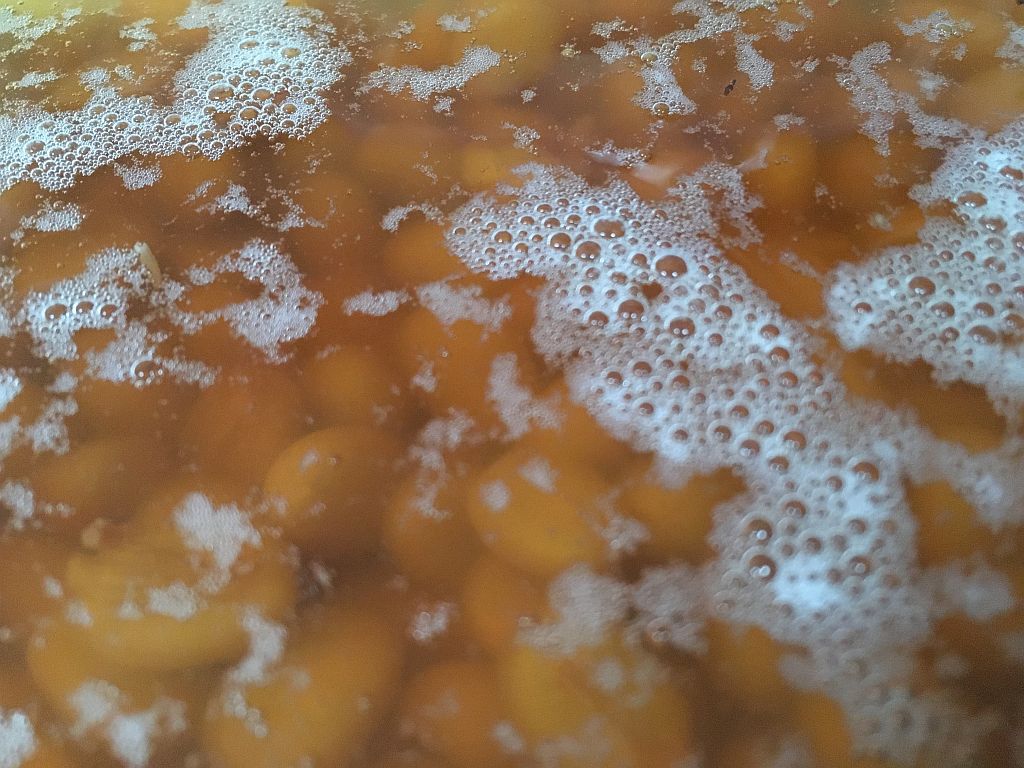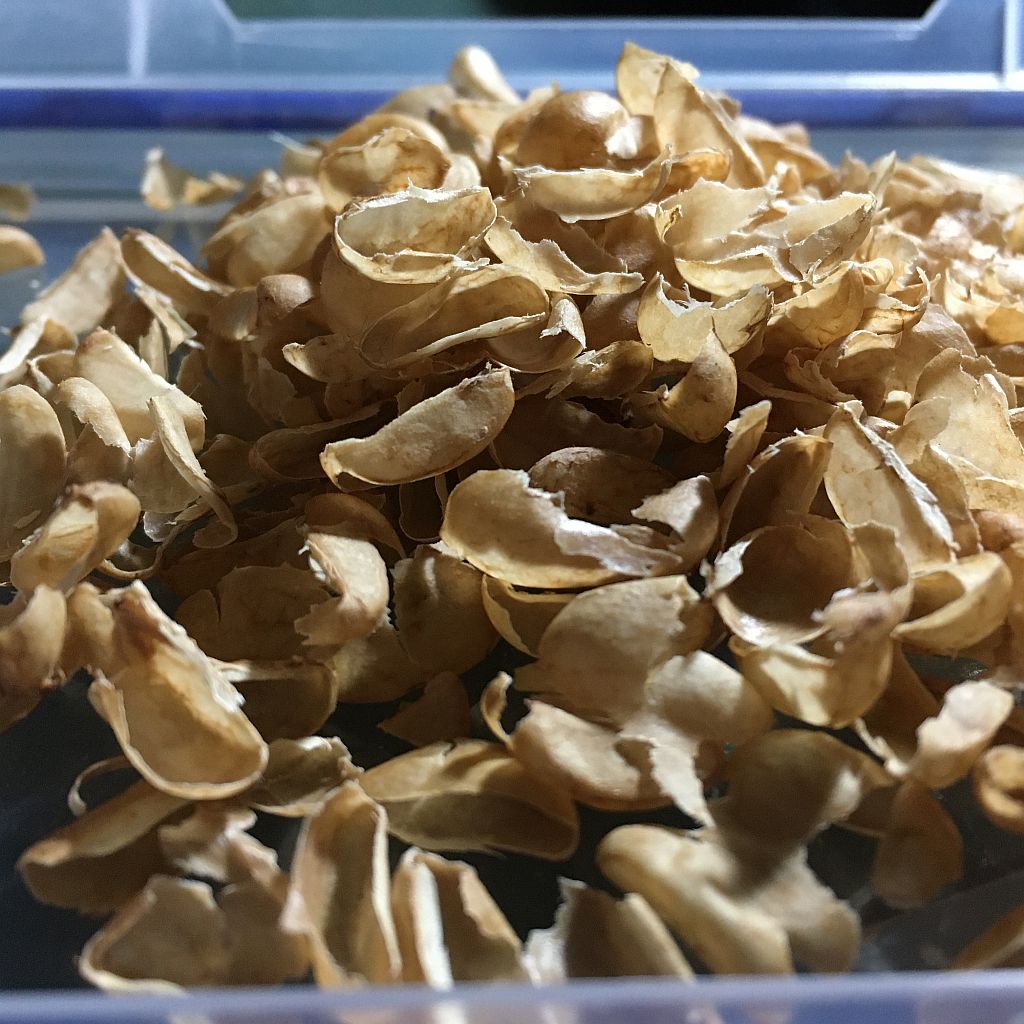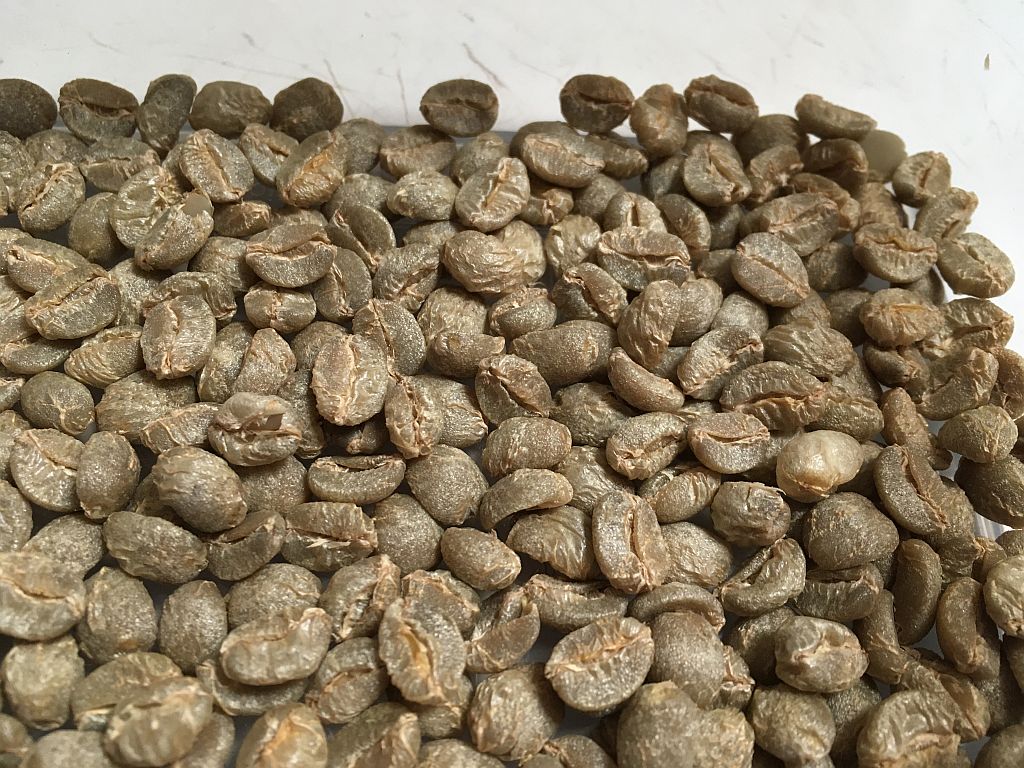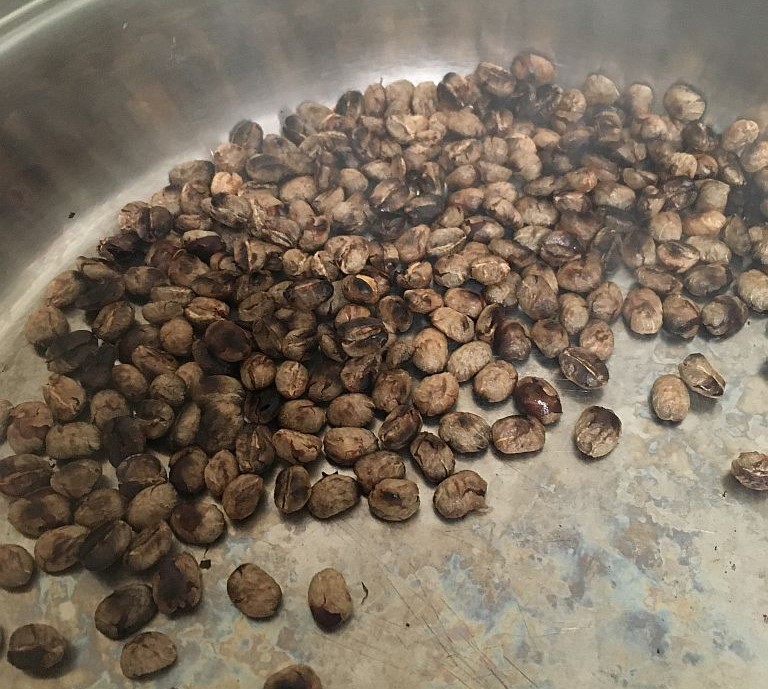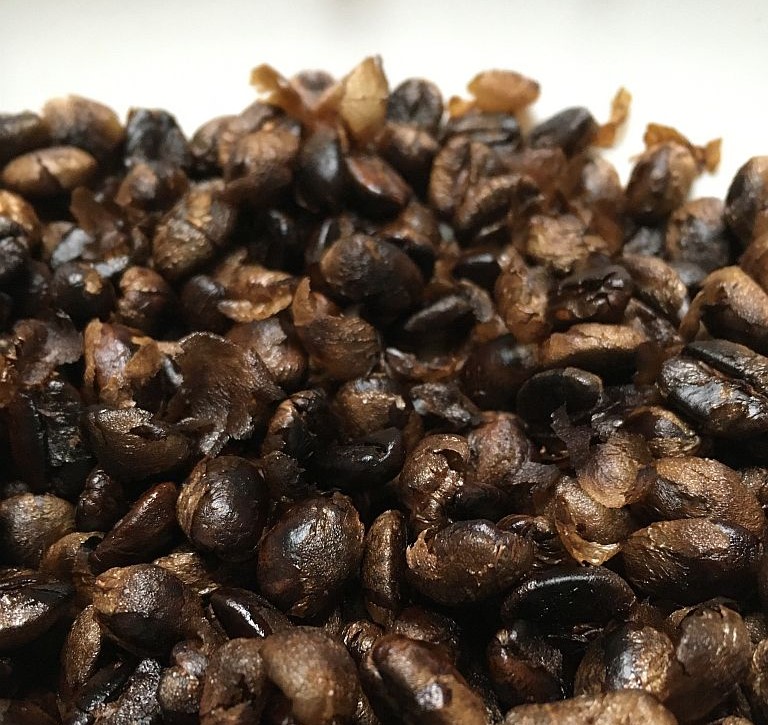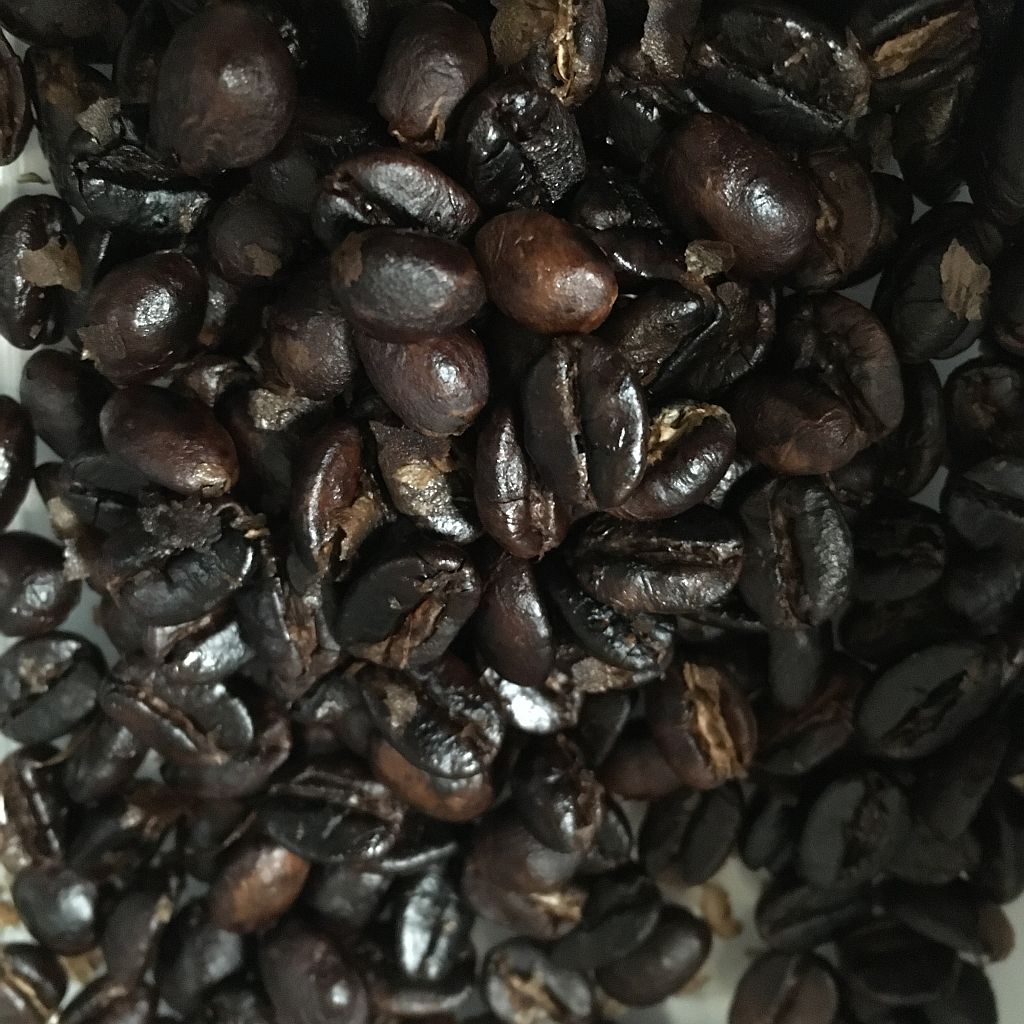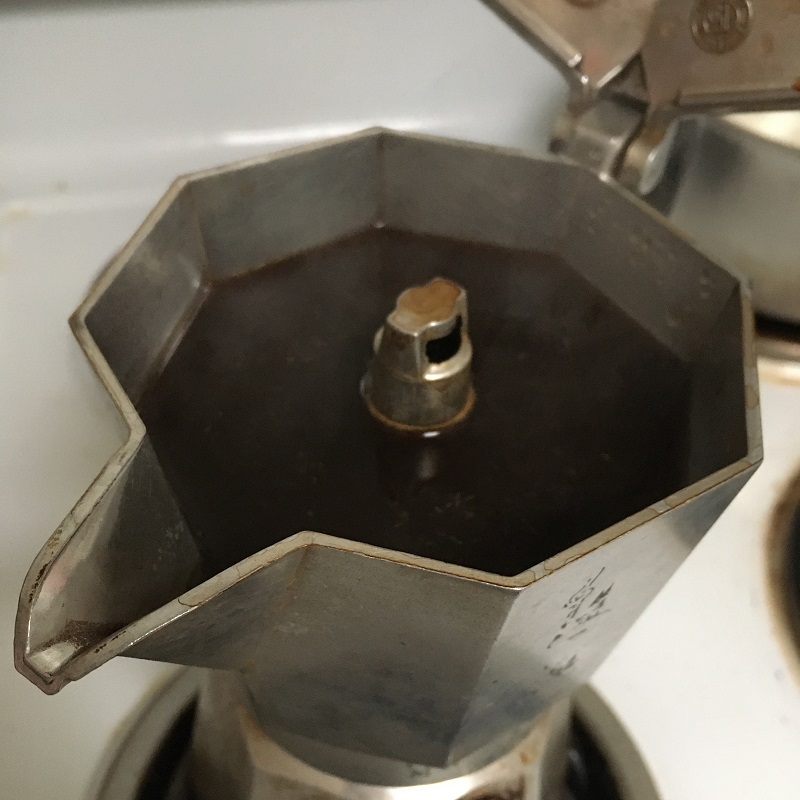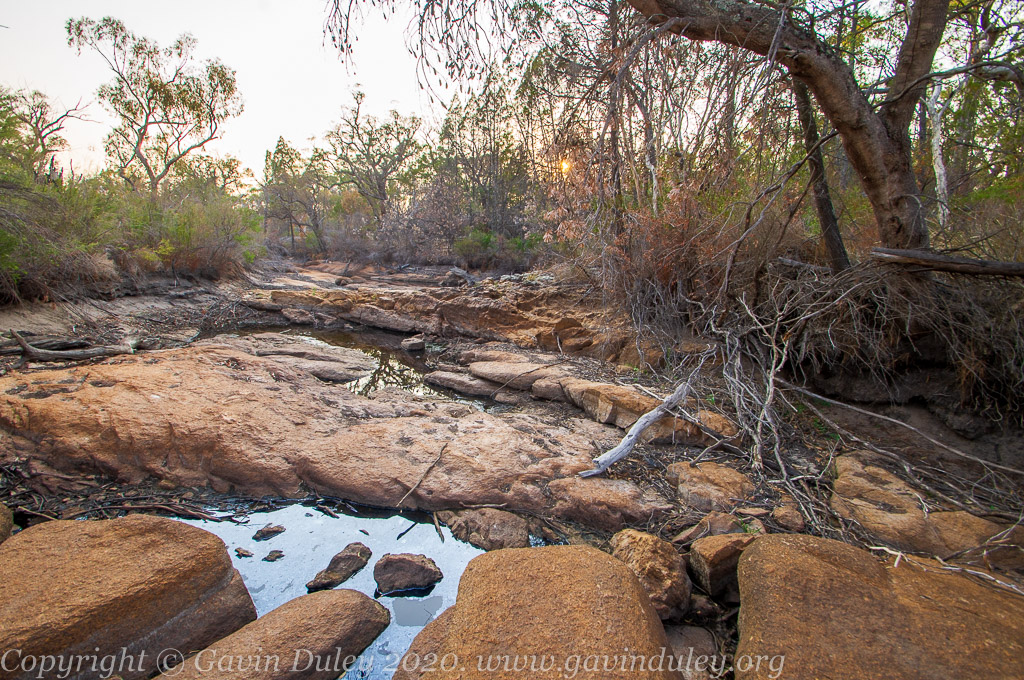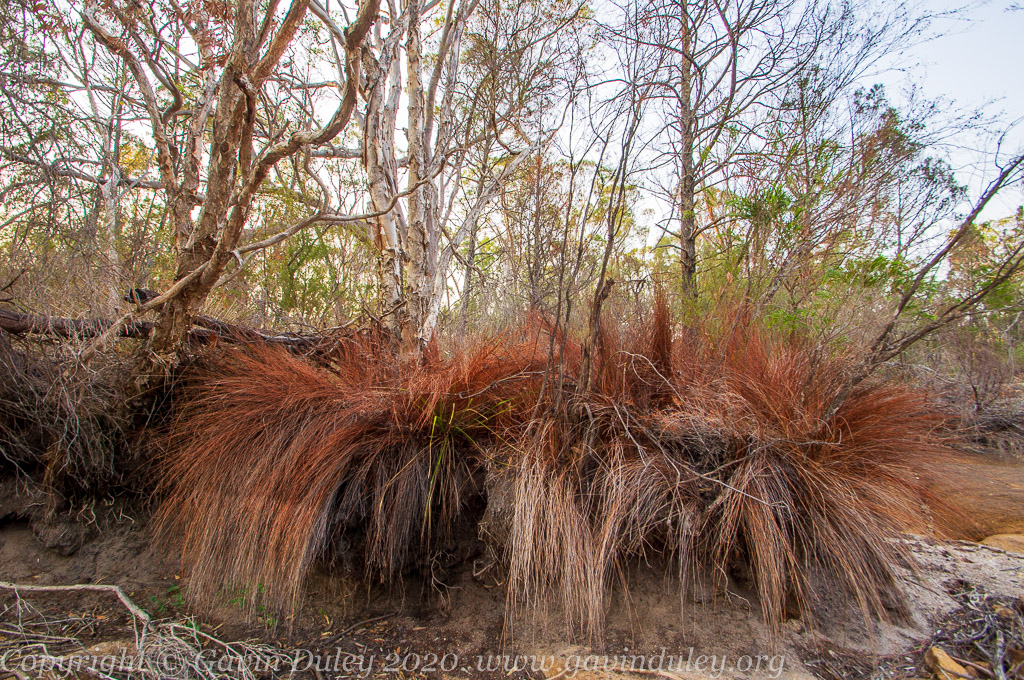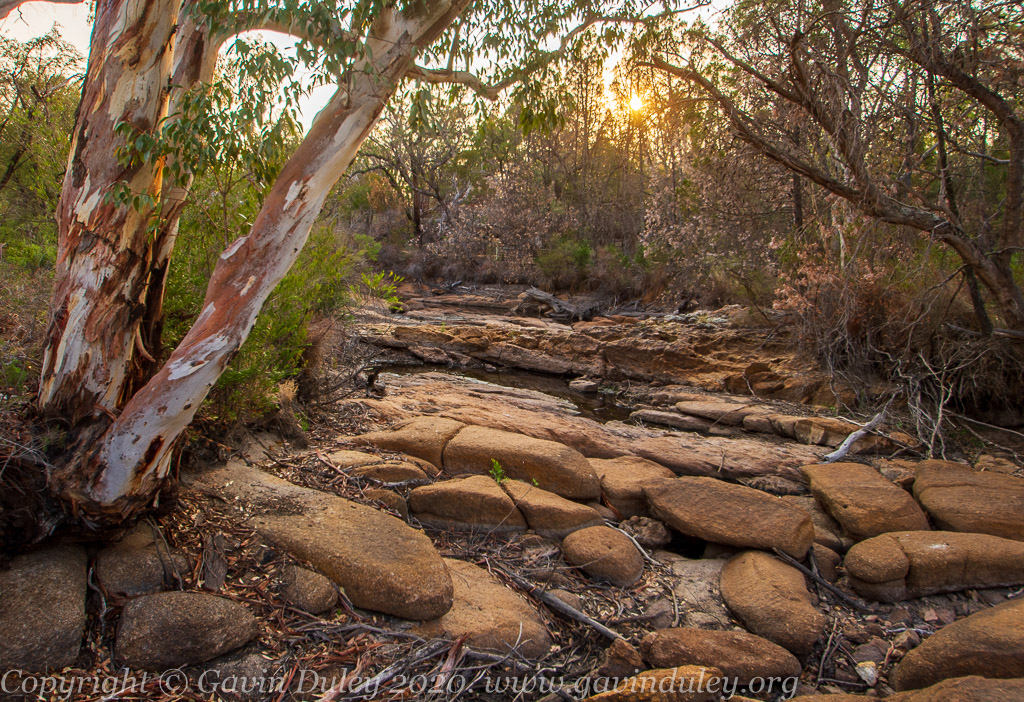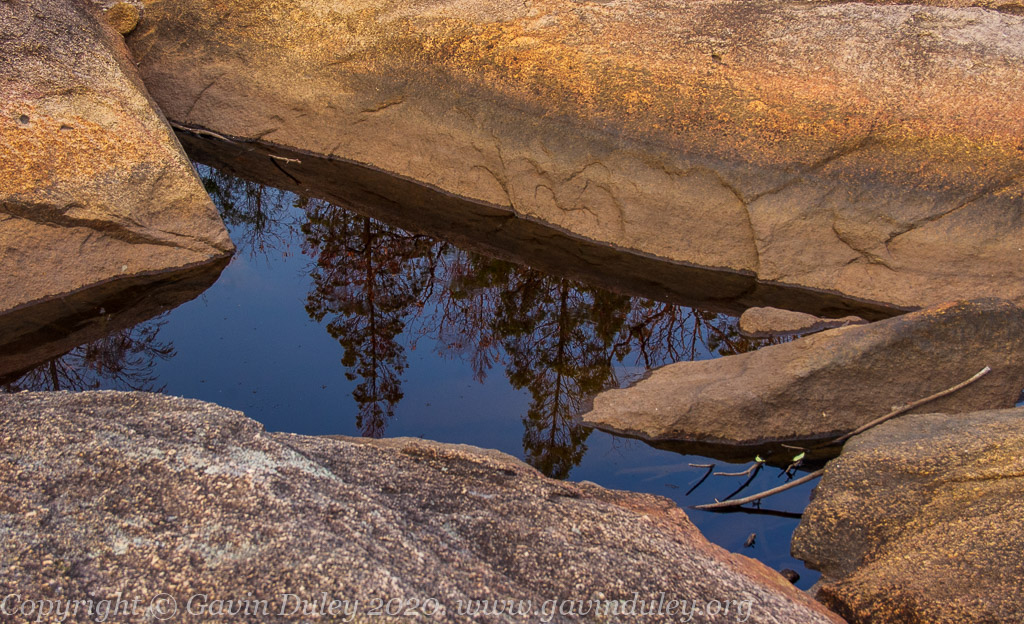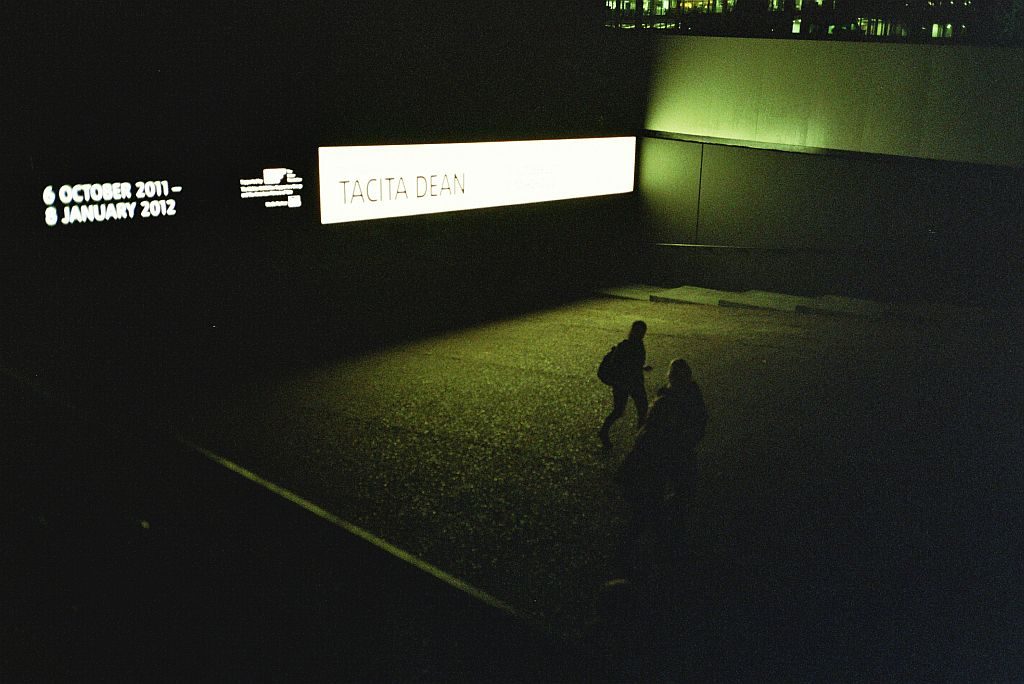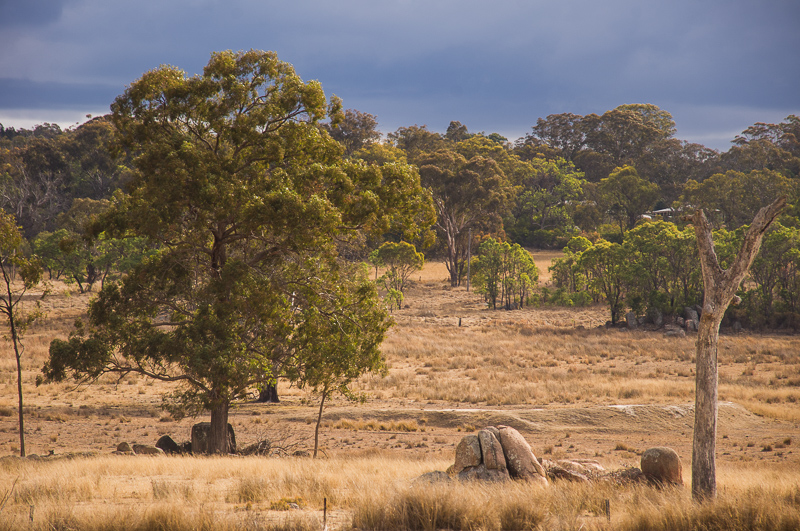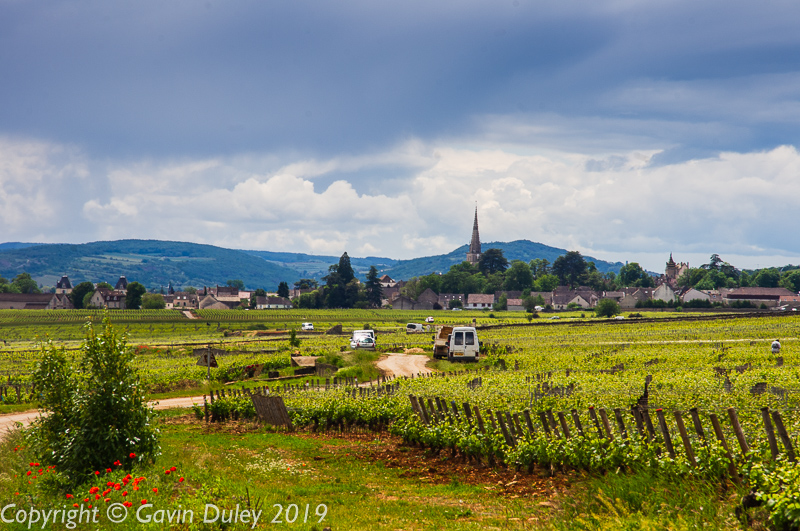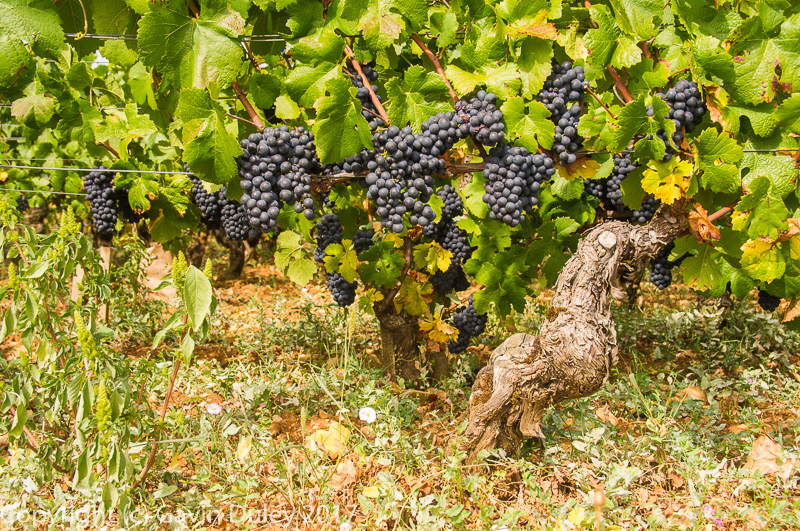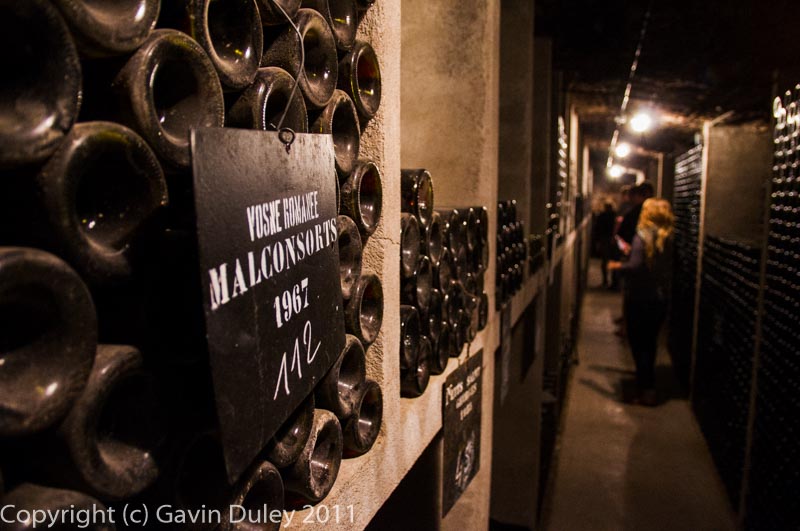I am reposting my notes from CellarTracker for my first day of WSET Level 3 here.
WSET LEVEL 3, SESSIONS 1, 2, & 3 – Brisbane, Queensland, Australia (14/1/2021)
This was the first day of my WSET Level 3 course.
Note: I haven’t studied with WSET before, so I am just getting used to their systematic approach to tasting wine — so apologies if I make mistakes with the tasting note format as I learn.
Course Induction and Tasting Technique
We tasted a few different wines to begin to attune our palates, and to calibrate them to align with the tutor’s palate and the classes’ palates. I was surprised that I wasn’t keen on the Rioja, as I normally love aged Riojas — but for me this had an odd character on the nose (window cleaner??) that I found off-putting.
- 2017 Parini Pinot Grigio Delle Venezie – Italy, Delle Venezie
Appearance: clear medium lemon
Nose: lemon, lemon peel. Pear, apple. Flinty. Simple. Clean, light, primary, youthful. Medium(+) intensity.
Palate: lemon, lemon peel. Underripe nectarine? Lime. Flinty? Dry, high acidity, medium alcohol, light bodied, medium flavour intensity, primary, short flavour intensity.
Assessment of quality: Acceptable.
Level of readiness for drinking: Drink now, not suitable for ageing or further ageing. - 2016 Foxeys Hangout Chardonnay White Gates Vineyard – Australia, Victoria, Port Phillip, Mornington Peninsula
Appearance: clear medium lemon
Nose: lemon, lemon peel. Peach. Butter, cheese. Walnut. Oak: vanilla. Flint/sulfur? Clean, medium(+) intensity, developing, youthful.
Palate: lemon, lemon peel. Pineapple? Biscuit/brioche. Touch of flint. Peach. Butter. Walnut. Oak: vanilla. Dry, medium(+) acidity, medium alcohol, medium bodied. Medium flavour intensity, medium finish.
Assessment of quality: Very good
Level of readiness for drinking: Drink now, but has potential for further ageing. - 2018 Barton & Guestier Beaujolais-Villages – France, Burgundy, Beaujolais, Beaujolais-Villages
Appearance: Clear medium purple
Nose: raspberry, cherry/kirsch, cassis, plum, cranberry. Confectionery. Cola. Clean, medium intensity, primary, youthful.
Palate: Red cherry, strawberry, plum, blackcurrant. Cola/medicinal. Confectionery. Whole bunch character? Dry, medium(+) acidity, medium(-) tannins, medium alcohol. Light bodied, medium flavour intensity, medium finish.
Assessment of quality: acceptable
Level of readiness for drinking: drink now, not suitable for ageing - 2006 Urbina Rioja Reserva Especial – Spain, La Rioja, Rioja
Appearance: clear medium garnet (aged?)
Nose: Cranberry, cassis, cooked black plum. Cherry. Liqueured cherry. Dried herbs, mushroom, leather, earth, tobacco, savoury. Prunes. Oak: vanilla, nutmeg. Cola/cough syrup. Tomato leaf? Clean, medium intensity, tertiary, fully developed.
Palate: Sour cherry, black plum, cassis. Blackberry. Black tea? Leather, earth, tobacco. Oak: vanilla. Savoury, earthy. Mint. Dried herbs. Dry, medium(+) acidity, medium tannins, high alcohol. Medium(-) body, medium finish.
Assessment of quality: Very good.
Level of readiness for drinking: Drink now, has potential for ageing or further ageing.
The Natural Factors and Human Influences in the Vineyard
The idea was to guess the grape variety, based on descriptions of several key varieties. I guess Cabernet Sauvignon, but assumed I was wrong because it seemed too simple and I normally get these wrong. IT was Cabernet Sauvigon.
- 2019 Les Domaines Paul Mas Cabernet Sauvignon – France, Languedoc Roussillon, Vin de Pays d’Oc
Appearance: clear deep ruby
Nose: cassis, blackberry, black cherry, blueberry? Confectionary. Tobacco, maybe green bell pepper. Black pepper? Cloves, cedar? Clean, medium(+) intensity, secondary, youthful.
Palate: cassis, blackberry, black cherry. Medicinal, tobacco. Green bell pepper??? Oak: cedar. Dry, medium acidity, medium tannins, medium(+) body, medium alcohol. Medium(+) intensity, secondary, medium finish.
Assessment of quality: good
Level of readiness for drinking: drink now, not suitable for ageing or further ageing - 2016 Stonestreet Cabernet Sauvignon Estate Vineyards – USA, California, Sonoma County, Alexander Valley
Appearance: clear deep ruby
Nose: black cherry, blackberry, cassis, blackcurrant, black plum. Green bell pepper?? Tomato leaf?? Oak: cedar, nutmeg. Biscuit? Clean, medium intensity, secondary, youthful.
Palate: black cherry, blackberry, cassis, blackcurrant, baked plum? Green bell pepper??? tomato leaf. Oak: cedar. Dry, medium acidity, medium(+) tannins, high alcohol, medium(+) flavour intensity, secondary, medium(+) finish.
Assessment of quality: very good
Level of readiness for drinking: Drink now, suitable for ageing or further ageing.
The Human Factors in the Winery that Influence Style, Quality and Price
A final flight of wines at the end of the day. Everyone was rather tired at this point, but I liked the La Crema Chardonnay.
- 2019 Zilzie Chardonnay Selection 23 – Australia, Victoria
Appearance: clear medium lemon
Nose: grapefruit, lemon peel. Pear, pear drops. Pineapple? Oak: cedar. Smokey/sunburnt grapes. Clean, medium(-) intensity, primary, youthful.
Palate: lemon, pear, melon, pineapple. Unripe nectarine. Cedar? Dry, medium(+) acidity, medium alcohol. Medium intensity, primary, medium finish.
Assessment of quality: acceptable
Level of readiness for drinking: drink now, not suitable for ageing or further ageing - 2018 La Crema Chardonnay Monterey – USA, California, Central Coast, Monterey
Appearance: clear deep lemon
Nose: lemon. Underripe necatarine, peach. Passionfruit? Lees: biscuit, bread dough. Oak: vanilla, toast, cedar. Clean, medium intensity, secondary, youthful.
Palate: Lemon, lemon peel. Melon? Underripe nectarine, peach. Lees: bread dough. Oak: cedar, toast, vanilla. Dry, medium acidity, medium alcohol. Full body, secondary, pronounced intensity, long finish.
Assessment of quality: very good
Level of readiness for drinking: drink now, suitable for ageing or further ageing - 2018 First Creek Wines Shiraz Harvest – Australia, New South Wales
Appearance: clear medium ruby
Nose: blackberry, raspberry, red plum, red cherry. Simple. Cedar? Clean, medium intensity, primary, youthful.
Palate: strawberry jam. Red plum, raspberry. White pepper. Cedar? Simple. Dry, medium(-) acidity, medium(-) tannins, medium alcohol. Medium(+) bodied, medium(-) flavour intensity, primary, medium(-) finish.
Assessment of quality: acceptable
Level of readiness for drinking: drink now, not suitable for ageing or further ageing.
NOTE: wine details on CellarTracker are currently wrong, the name should be First Creek Shiraz ‘Harvest’, and it is not a Hunter Valley wine — ‘Australia’ is the only region mentioned. - 2018 Head Wines Syrah The Contrarian – Australia, South Australia, Barossa, Barossa Valley
Appearance: clear deep purple
Nose: bramble. Black cherry, black plum (cooked and fresh), blackberry. Black pepper. Liqueured preserved fruit. Dried herbs. Medicinal. Oak: vanilla, nutmeg. Clean, medium intensity, primary, youthful.
Palate: strawberry jam, black cherry, black plum, bramble. Fig? Oak: cedar, chocolate, vanilla. Dried herbs? Black pepper. Dry, medium acidity, medium tannins, medium alcohol. Medium(+) bodied, medium(+) flavour intensity, primary, long finish.
Assessment of quality: good
Level of readiness for drinking: drink now, potential for ageing or further ageing
All-in-all, it was a good start to the course, and a great chance to try some wines that I usually wouldn’t. Three sessions down, twelve to go!
Posted from CellarTracker
